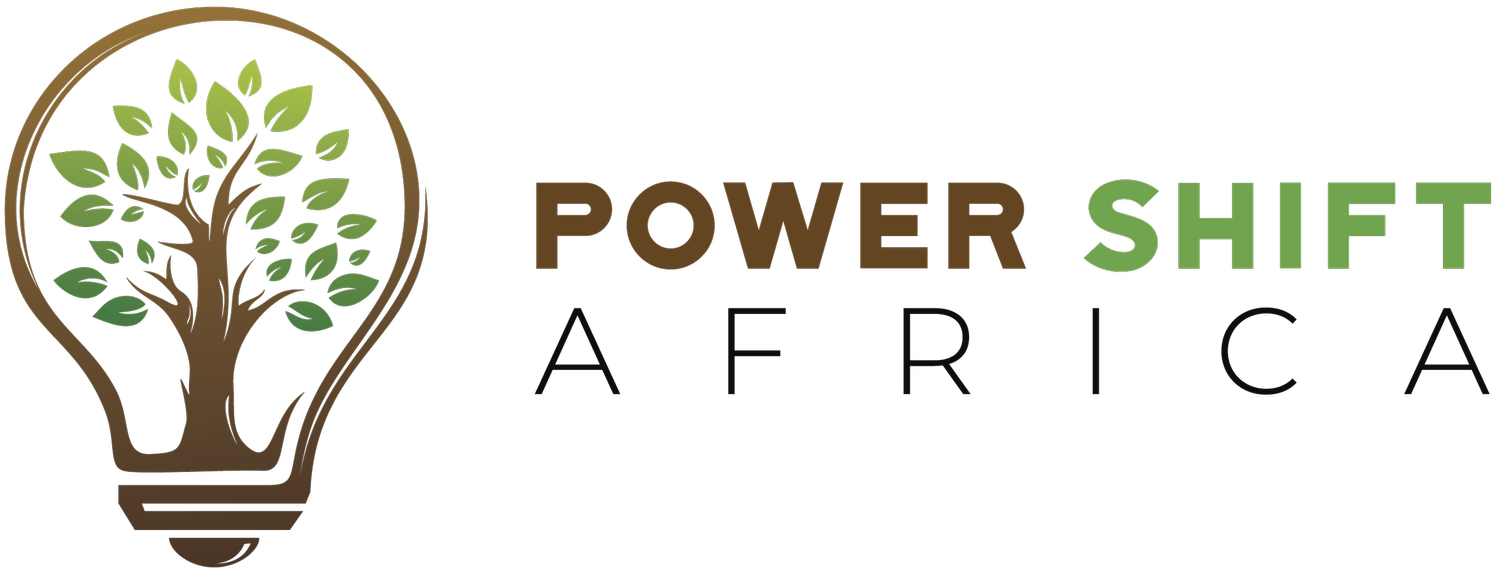Not so chocolatey: inside the cocoa production hell
BY JAMES KAHONGEH
Have you ever thought about the human cost of producing a single chocolate bar? Probably not.
Savoured around the world for its robust flavour and widely gifted to express affection, love and care, few delights come close to chocolate.
To enthusiasts of the world's most popular snack, the fact that cocoa is the main ingredient in chocolate is a no-brainer. The reality, however, is that chocolate has a host of hidden ingredients, notably child labour, poor wages, difficult working conditions, exploitation, and resistance. There is also the high ecological cost of cocoa production.
And now… climate change.
But what does the chocolate production terrain look like?
Well, not so chocolatey.
Child labour
Like the extractive industry in Africa, cocoa production relies heavily on child labour. The Bureau of International Labour Affairs of the US estimates that 1.56 million children work in cocoa production in Ghana and Cote d’Ivoire alone, either picking the beans or drying and fermenting them.
About half of these work in hazardous environments where they are exposed to toxic agrochemicals and forced to lift heavy loads in farms and factories.
Who produces cocoa in the world?
Most of the world’s cocoa comes from Africa, with Cote d’Ivoire, Ghana, Nigeria and Cameroon contributing 75 percent of the global cocoa output.
Despite being the world’s largest cocoa producer, Cote d’Ivoire earns only a fraction (about 4 percent) of the $130 billion in profits that the global chocolate industry generates annually, says the World Economic Forum.
Most of the cocoa is cultivated by poor smallholder farmers as their sole livelihood, often working in harsh, poverty-ridden conditions.
The bitter side of chocolate
The WEF puts the earnings for African cocoa farmers at an astonishingly low wage of about $0.78 per day and between $1200 and $1500 a year. This money must cater for food, school fees, healthcare and other needs.
With this income, it would take the average cocoa farmer in Africa six days of toil to afford a standard $5 box of chocolates.
Meanwhile, chocolate companies such The Hershey, Mondelez, Ferrero and Nestlé make a killing in sales. To put it into context, confectionery companies, known as the Big Chocolate, can rack up more revenue in a year than most cocoa-producing countries.
Cote d’Ivoire’s gross domestic product (GDP) of $70 billion in 2022 was bettered by food multinational Nestlé’s annual sales of $104 billion that year.
Ganging up against reforms
For years now, leading chocolatiers have fiercely opposed proposals to pay a premium to farmers for cocoa supplied. More money for farmers, they fear, would eat into their profit margins.
In 2020, Ghanaian and Ivorian governments introduced the Living Income Differential (LID) to support farmers. The LID is an arrangement that compels chocolate companies to pay a $400 premium directly to farmers for every tonne of cocoa supplied to them.
So far, most companies have rejected the proposal. Others use clever methods to source cocoa beans to avoid paying the premium. A case of profit over people.
How climate change is upending cocoa production
A new report by the international development charity Christian Aid shows rising temperatures and erratic rainfall, both due to climate change, have hammered cocoa harvests in Ghana and Côte d’Ivoire.
The report, Cocoa crisis: How chocolate is feeling the bite of climate change, coincides with new data from research group Climate Central which shows that over the past decade, climate change added at least three weeks above 32°C (89.6°F) annually during the main cacao crop season between October and March in Côte d’Ivoire and Ghana.
Such temperatures are above the optimal temperature range for cacao trees.
While many factors, such as precipitation and insect-borne infections can affect cacao trees, excessive heat can contribute to a reduction in the quantity and quality of the harvest, impacting local economies in West Africa.
This trend has also affected the availability of cocoa on global markets, seeing prices soar to record highs in recent years – and the size of chocolate bars shrink.
Growing appetite for chocolate
But even as climate change rages, the appetite for the snack in most European markets is becoming more whetted. Today, the average German, for instance, consumes about 24 pounds (10kg) of chocolate per year.
Germans are the biggest consumers of chocolate in the world. Their sweet tooth is only rivalled by the Swiss, who eat well over 11 kgs of chocolate per person each year.
Mordor Intelligence values the German chocolate market in 2025 at $10.92 billion. The market is estimated to grow in value to $13.98 billion by 2030.
European consumers want more chocolate. But it is not just quantities they want. They want quality too. According to Mordor Intelligence, German chocolate enthusiasts now prefer premium chocolate to standard varieties. The sort made from single-sourced, artisanal cocoa beans.
To them, chocolate made from cocoa produced on large-scale farms is not as delicious.
Who is who in the chocolate trade?
Collectively, Europeans are the biggest eaters of chocolate. They are also heavily involved in the chocolate business.
Little wonder that the biggest importer countries of cocoa beans are the biggest chocolate exporters. Germany, Belgium and Italy alone export chocolate with a combined worth of $10 billion.
The three countries are in the Top 10 richest category. Their cocoa imports come from some of the most impoverished nations in the world, where basic needs such as clean water, food, energy and education are beyond the reach of many.
When you break that chocolate bar this Valentine’s, take a moment to think about that poor Ivorian family that cut sweat to make your delight possible.
